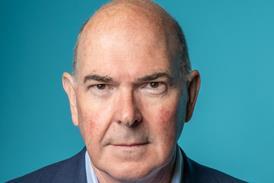There are signs of rancour in the NHS over how best to address the forthcoming funding squeeze.
The nightmare scenario for the Department of Health is that managers respond to reduced funding by taking their eye off safety and, in particular, quality.
The mood among managers is worrying. It often seems polarised between those who still do not recognise that the health service will have to bear a large part of the pain that lies ahead for public spending, and those who predict that real terms cuts in health spending will wreak havoc.
Some managers have fallen into the trap of seeing the sustained high funding growth of the last decade as the norm, rather than a rare opportunity. This mindset makes adjusting to the realities of the credit crunch a far tougher mental hurdle.
The DH is attempting to stop the “havoc” theory becoming a self-fulfilling prophecy by chaining quality and safety to efficiency. Its mantra is that safe, patient centred, high quality care saves money.
Some leading figures are now questioning how much quality and safety can save. In a barbed attack, Health Foundation chief executive Stephen Thornton has claimed the NHS leadership is overstating what can be achieved.
But the DH is determined to ram its message home and is assembling evidence to prove its point.
The rational approach for managers must surely be to pull on the quality lever before turning to capacity cuts. Data from the best performing hospitals provides numerous examples of how patients can complete their treatment in less time for less money with a better outcome if the service is streamlined and safe.


























No comments yet